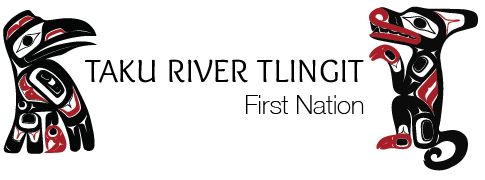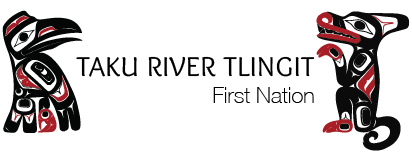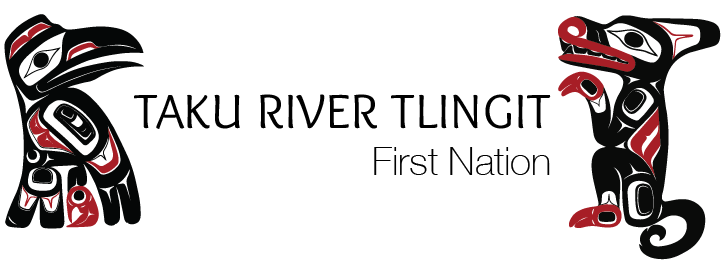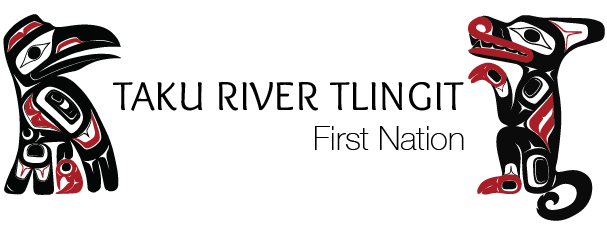Tulsequah River Valley
Located in the middle of the Tulsequah River Valley is a defunct, old, gold mine that has been allowing the release of acidic water for more than 60 years. The Tulsequah Chief Mine is considered an environmental contamination source that must be cleaned up now.
· In the past, the dilemma over an operating mine with good employment vs protecting a culturally important and ecologically special location drove Tlingit family units apart, some family members have not yet healed those wounds.
· TRTFN citizens and any person, should not have to choose between employment and sound environmental practices.
Leadership for Taku River Tlingit First Nation have long held the belief that this site no longer holds a future as an operating mine. Leadership made this clear in a 2018 letter to Minister Michelle Mungall of Energy, Mines and Petroleum Resources, with the statement that “To be clear, the TRTFN seeks immediate and full remediation of this site including effective resolution of the outstanding water quality issues so as to restore the productive capacity of our land.
End of Receivership and Status of Chieftain Metals Inc
- West Face Capital Inc. is the primary secured creditor of Chieftain Metals Inc. (Chieftain) – the company that owns Tulsequah Chief Mine.
- The court-mandated deadline of August 11, 2022 has come and gone with no action by West Face to file materials in Court that would seek to reappoint a receiver, therefore TRTFN is rejoicing in this first vital step towards the release of those lands by a company that has failed to meet its environmental and liability responsibilities.
- Unfortunately, the process for the dissolution of Chieftain has been stayed by the Ontario Superior Court until after October 2022. This means that Chieftain continues to retain its assets and interests until that time.
After the 2018 letter was sent to BC Government, the TRTFN and the BC Ministry of Energy, Mines and Low Carbon Innovation have been working together to plan and execute minimum reclamation work at the mine site. 2022 marks the third consecutive summer field season in which interim reclamation works have occurred at Tulsequah Chief Mine.The on-the-ground work includes:
- Rebuilding and repairing stream crossings and bridges;
- There is a road that goes from a barge location near the Taku River, up to the mine and past the mine to the camp and airstrip
- This road will be needed to bring new equipment onto site to conduct the reclamation work
- Airstrip erosion protection;
- The Tulsequah River is prone to high flood events and continues to damage the erosion protection around the airstrip
- A water quality monitoring program;
- BC started a water quality program in 2021 that collects samples from a variety of locations on the Tulsequah River, smaller side tributaries and mine effluent (acidic mine runoff water), these samples are collected three times a year.
Funding allocated to this work, other than the TRTFN specific aquatic
- $1.575M in 2020 provided by the BC Government
- $1.575M in 2021 provided by Teck Resources Limited, and
- $1.685M in 2022 provided by Teck Resources Limited
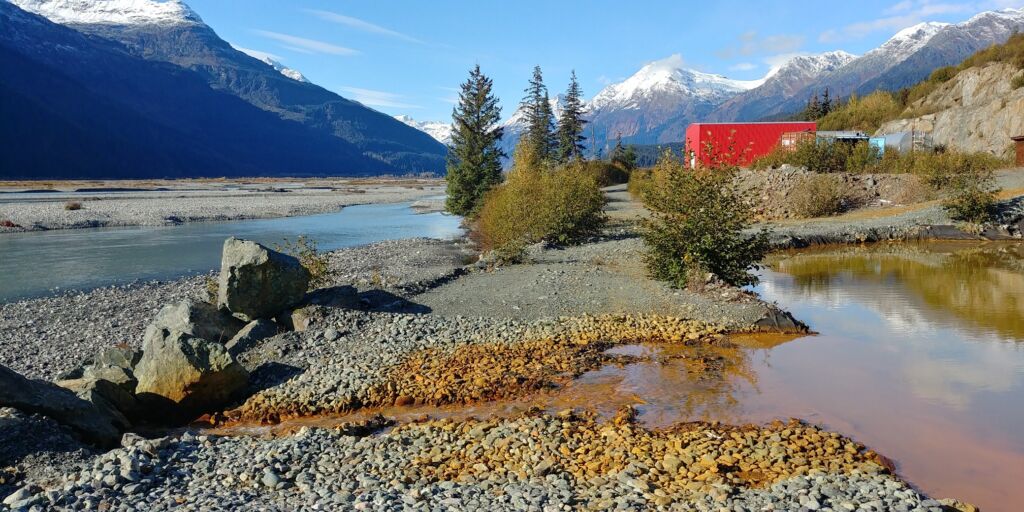
TRTFN Environmental Work
TRTFN started its own water and aquatic effects monitoring program in the fall of 2019 and we continue to source funding to perform this work each year until BC or some other responsible party takes on that work.
Please visit our website often as we are in the process of updating this information and providing more details


